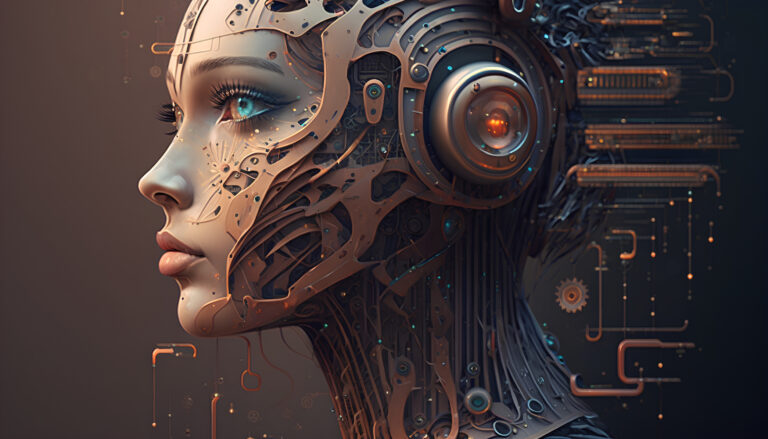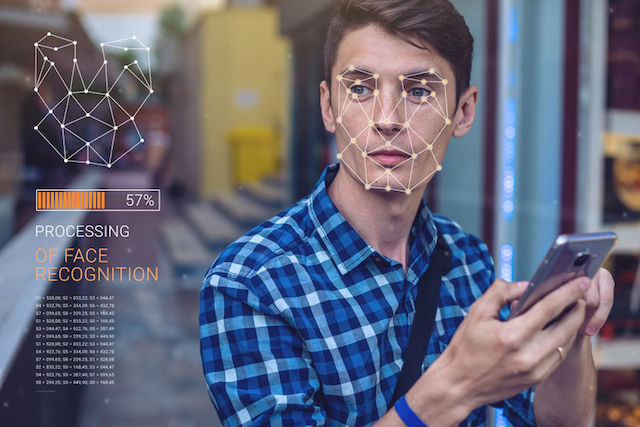Brick and Mortar will use facial recognition to track and collect customers data as they shop in their stores.
In 2020, the voice recognition market will hit $601 million.
Who is the customer?
Brick and Mortar retailers are more interested in knowing their customers tracking who is entering their stores and how they behave. They want to know the how’s, age, ethnicity and gender.
Customers need to be careful about with whom they’re entrusting their data.
Here are 4 technologies that will change Brick and Mortar retail stores forever:
- Beacons
- Facial Recognition
- Robot Assistants
- RFID Product Recognition
Remember the movie “Minority Report” with Tom Cruise they use facial recognition.
- Voice based shopping is expected to jump to $40 billion in 2022
- Smartphone users have tried voice search at least once in the past 12 months.
- 55% of Teenagers are using voice search on daily basis.
- Top 4 common keywords for voice search phrases are “how”, “what”, “best” and the fourth one “the”.
- Voice-based shopping is expected to be up $40 billion in 2022
Buying Online
I am, more than ever, conscious when buying online especially buying fabric.
Is it an anchor store or a boutique store, where is the merchandise made from? As for online, make sure that the store you buy online is a legitimate store and has contact details on site like the address and phone number. Also, Check customers reviews and Privacy Policy.
Brick and Mortar is still for me. I still like to touch and feel the fabric before I buy any clothing.
All the fashion terms you need to know, click here
The 7 voice search devices are:
- Google Home
- Amazon Echo/Alexa
- Google Assistant
- Siri/iPhone
- Android Phones and Devices
- Microsoft Cortana
- And more…..
The Future
Technology is changing.
- Self driving truck
- G5 technology
- Robotics
- Artificial Intelligent
I also teach World History, The Industrial Revolution began in Britain in the late 1700s and spread around to other countries now they call it Digerati Technology.
Facial recognition technology is being used by, some stores to identify and track customers as they move through the store, allowing the retailer to analyze shopping behaviors and preferences. Some stores also use facial recognition to enhance security and prevent theft.
Voice recognition technology is being used in some stores to enable customers to interact with automated systems, such as virtual assistants or chatbots, using their voice rather than typing or clicking. This can provide a more convenient and natural user experience, particularly for customers who may have difficulty with traditional input methods.
However, it’s important to note that the use of these technologies in retail stores can raise privacy concerns and other ethical considerations. Some customers may be uncomfortable with the idea of being monitored or tracked without their explicit consent, and there are also concerns about the accuracy and bias of these technologies. As such, it’s important for retailers being transparent about their use of these technologies and to take appropriate measures to protect customer privacy and security.

AI is being used in a variety of ways in retail stores and the fashion industry to improve operations, enhance the customer experience, and drive sales. Here are a few examples:
Personalized recommendations: Many retailers are using AI algorithms to analyze customer data and make personalized product recommendations. These recommendations can be based on a variety of factors, including past purchases, browsing history, and social media activity.
Visual search: AI-powered visual search tools allow customers to take a photo of an item they like and find similar items available for purchase. This can help customers find what they’re looking for more easily and quickly.
Virtual try-on: Some fashion retailers are using AI-powered virtual try-on tools that allow customers to see how clothing and accessories will look on them before making a purchase. This can help reduce returns and improve the overall shopping experience.
Inventory management: AI can help retailers better manage their inventory by predicting demand, optimizing stock levels, and reducing waste.
Fraud detection: AI can be used to detect fraudulent activity, such as payment fraud or returns fraud, and prevent losses.
Overall, the AI is helping retailers and fashion brands better understand their customers and deliver more personalized, efficient, and engaging shopping experiences.
Here’s an example of how the fashion industry is using AI:
One way that AI is being used in the fashion industry is through virtual try-on technology. With virtual try-on, customers can see how clothing and accessories will look on them without having to physically try them on. This can be particularly useful for online shopping, where customers may not have the opportunity to try items on before making a purchase.
Virtual try-on technology uses AI algorithms to analyze a customer’s body shape and size, as well as the fit and style of different clothing items. This allows the technology to generate a realistic image of the customer wearing the item, complete with realistic movement and lighting.
Virtual try-on can help reduce the number of returns and exchanges for online retailers, as customers can see how the items will look at them before making a purchase. It can also improve the overall customer experience by providing a more engaging and interactive shopping experience.
Several fashion brands have already implemented virtual try-on technology, including Sephora, which uses AI-powered technology to allow customers to try on makeup virtually, and Adidas, which has created an app that allows customers to try on shoes virtually using their smartphone camera.



